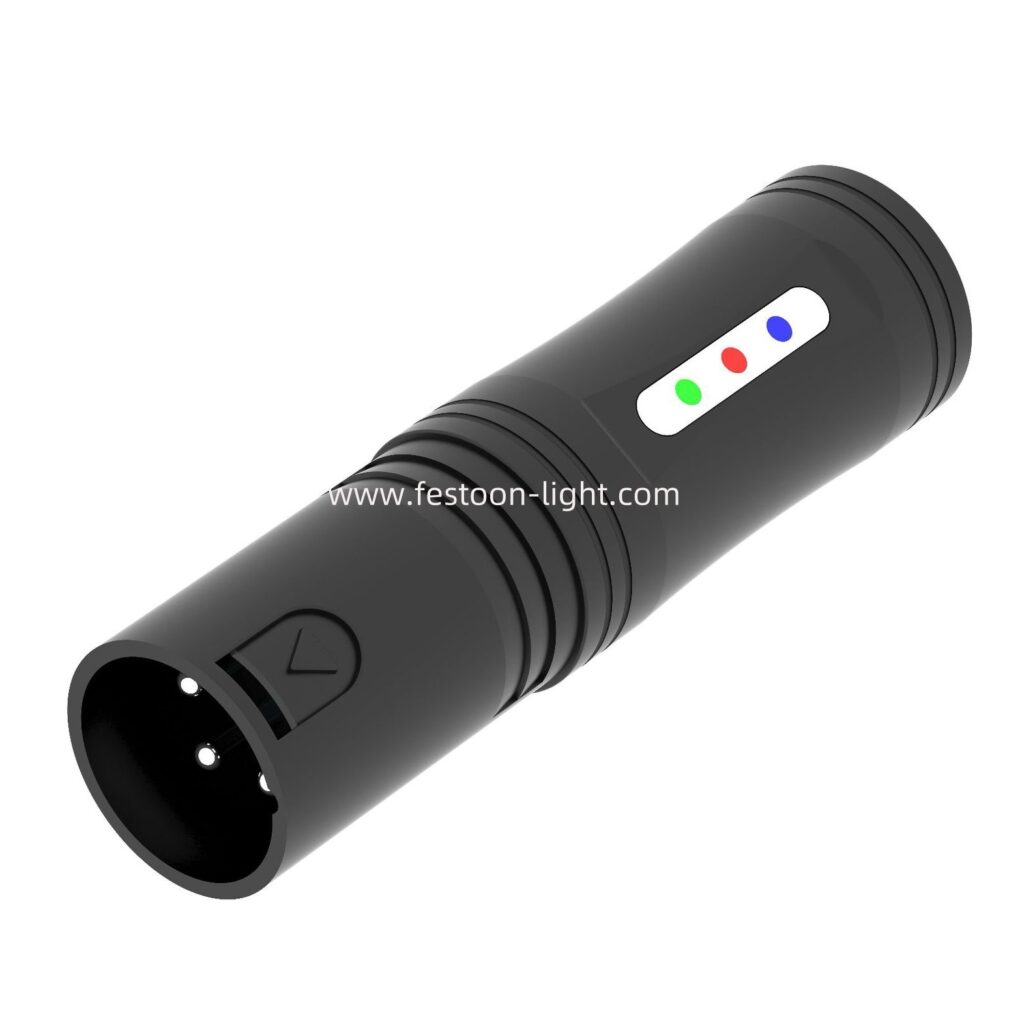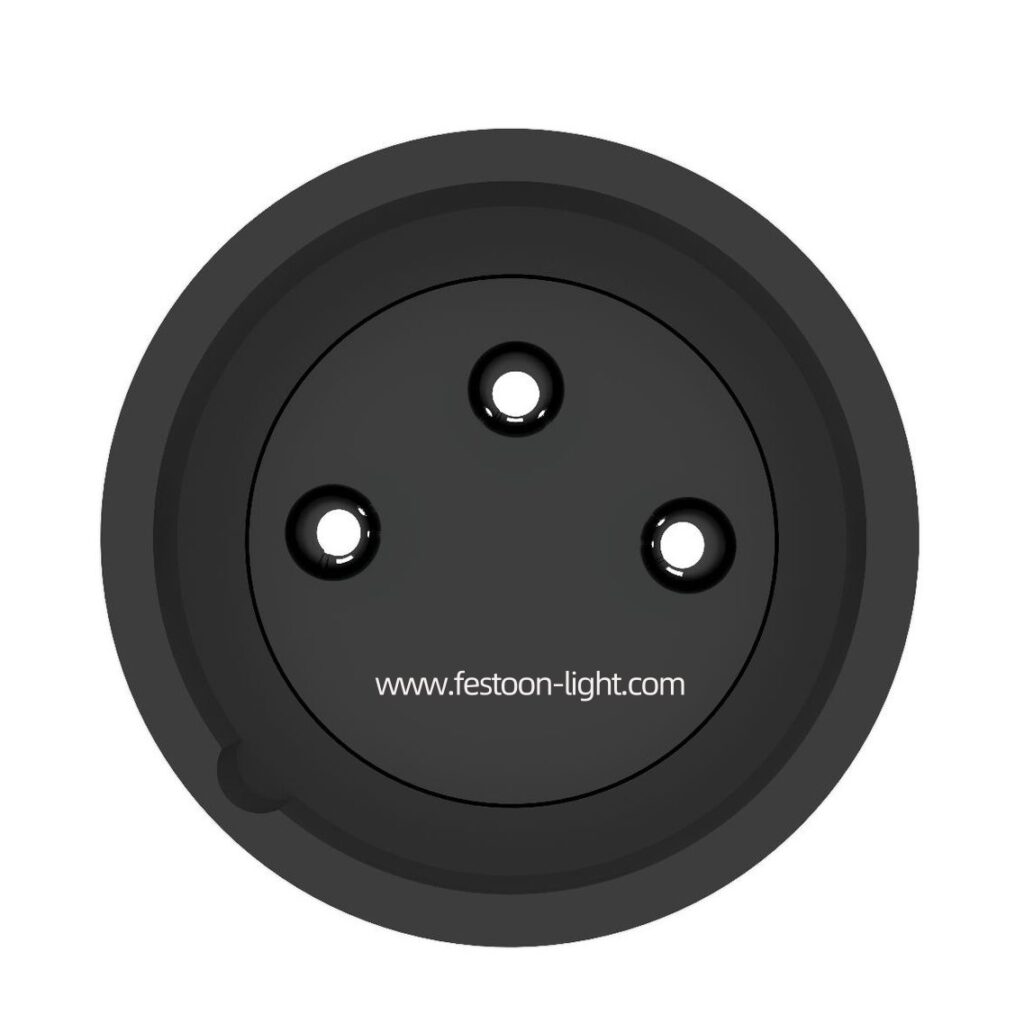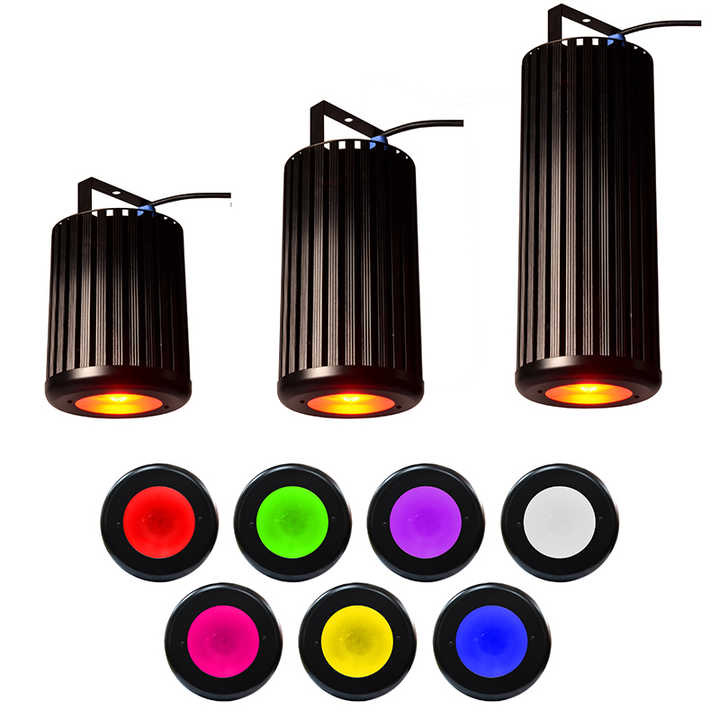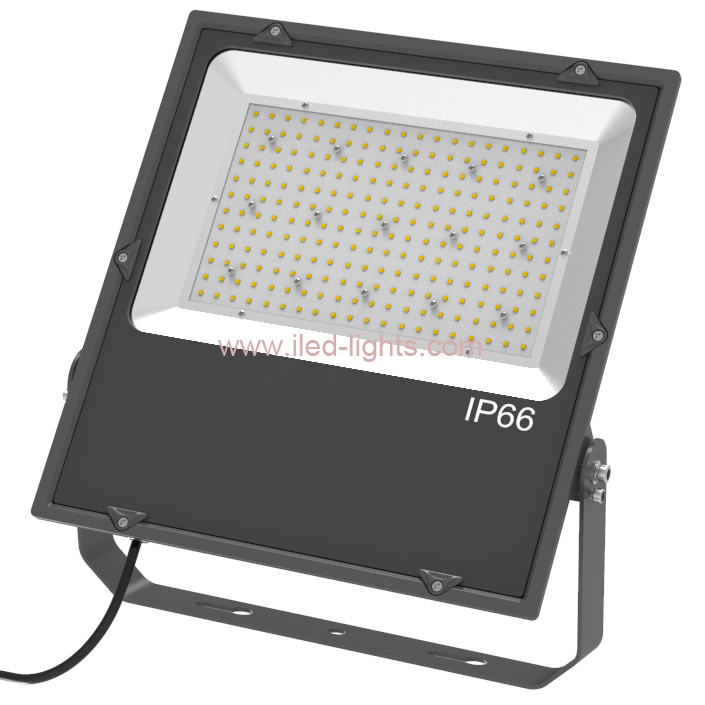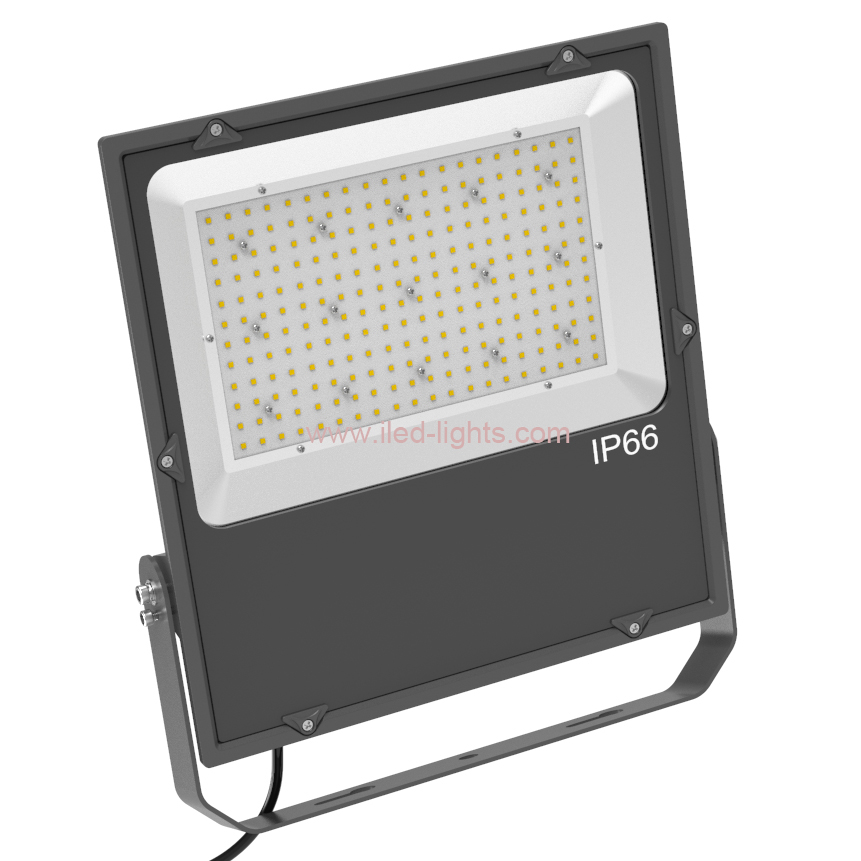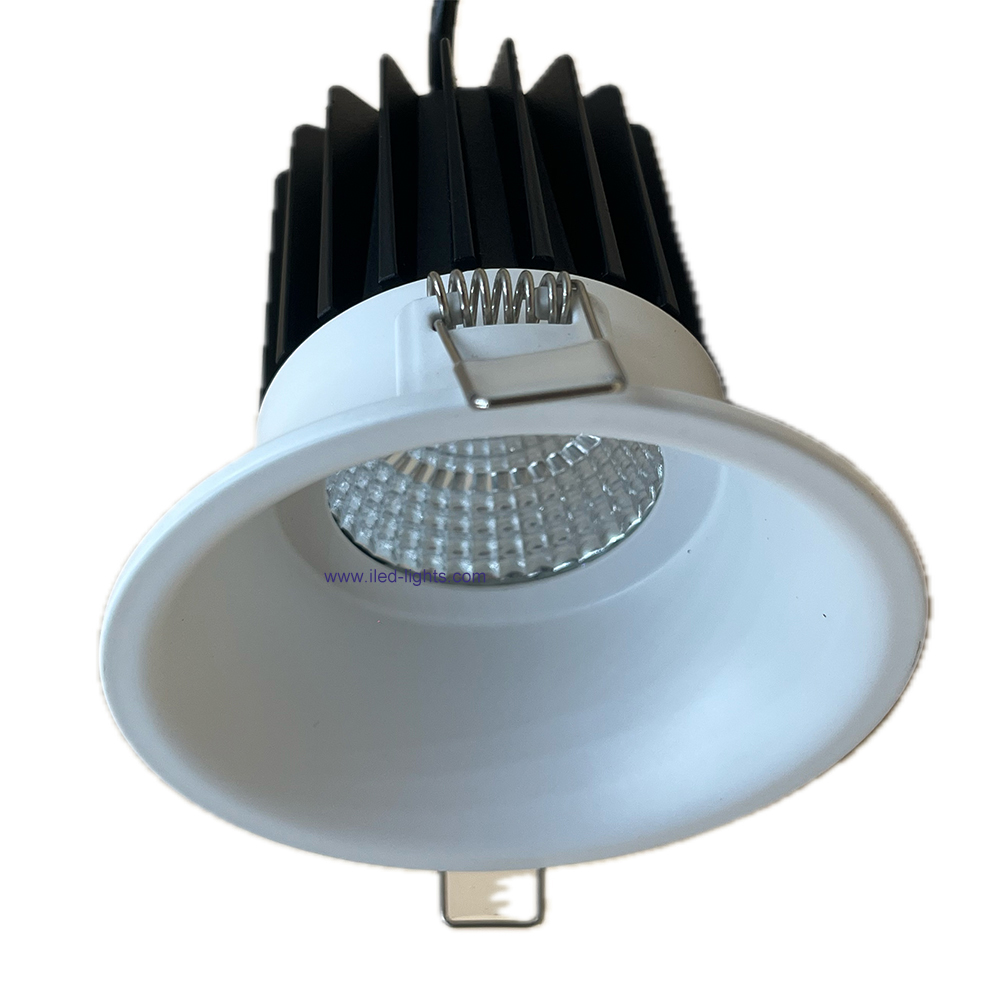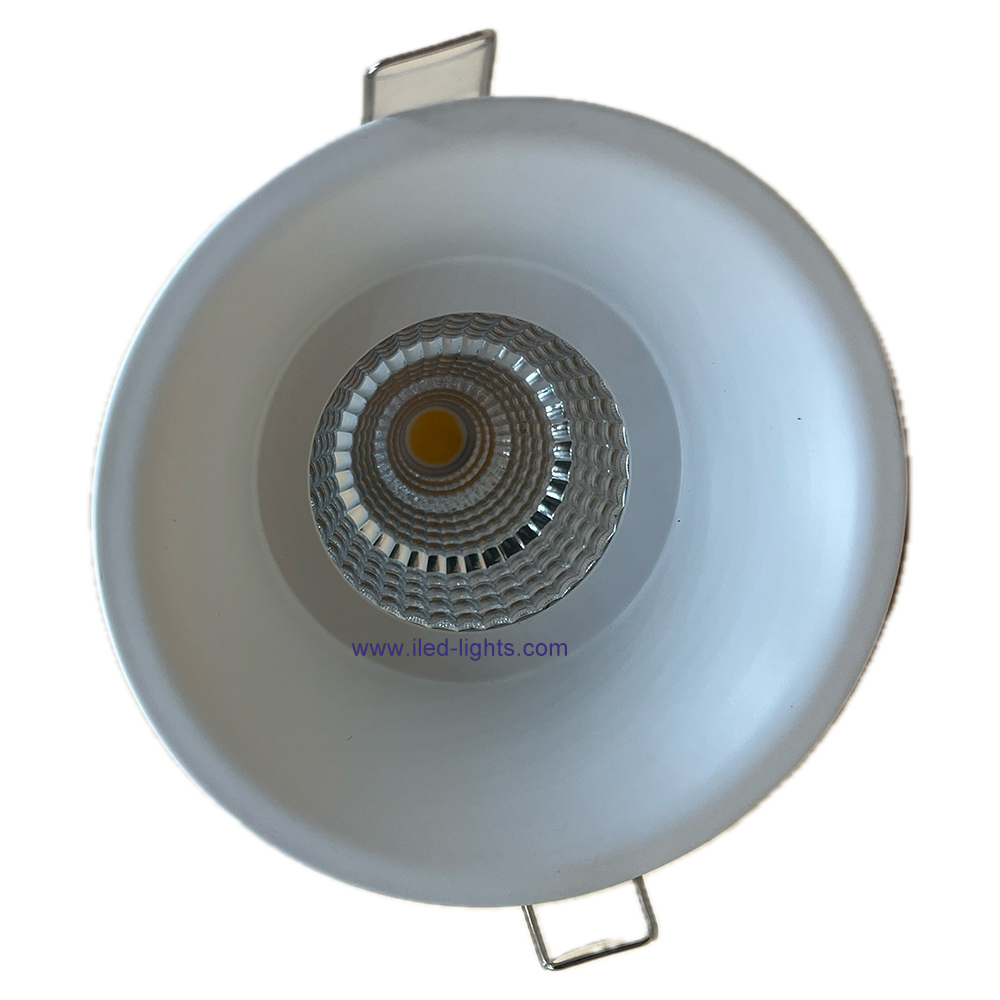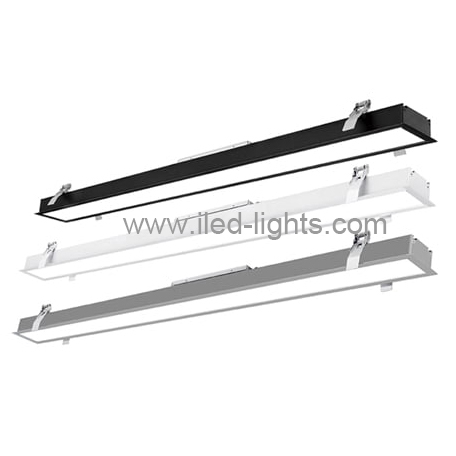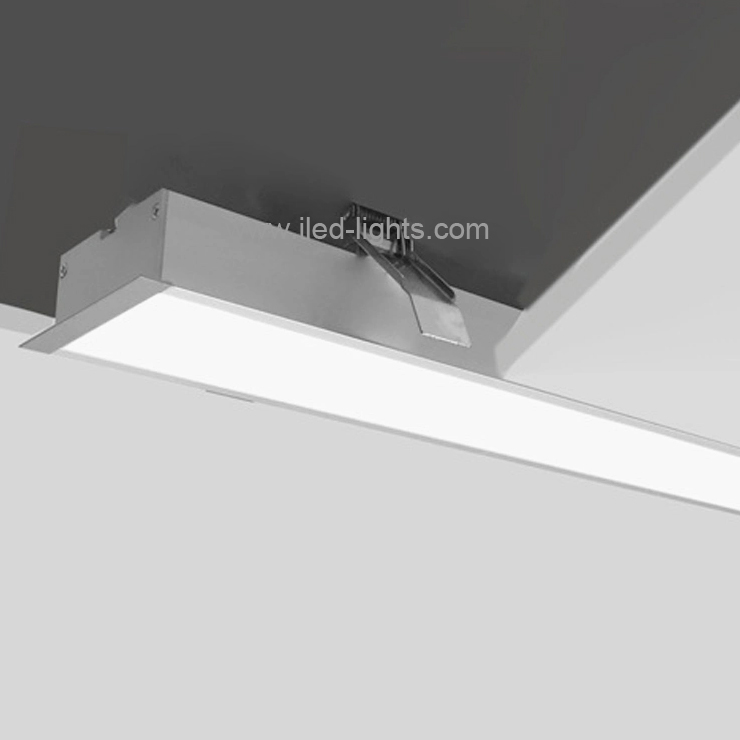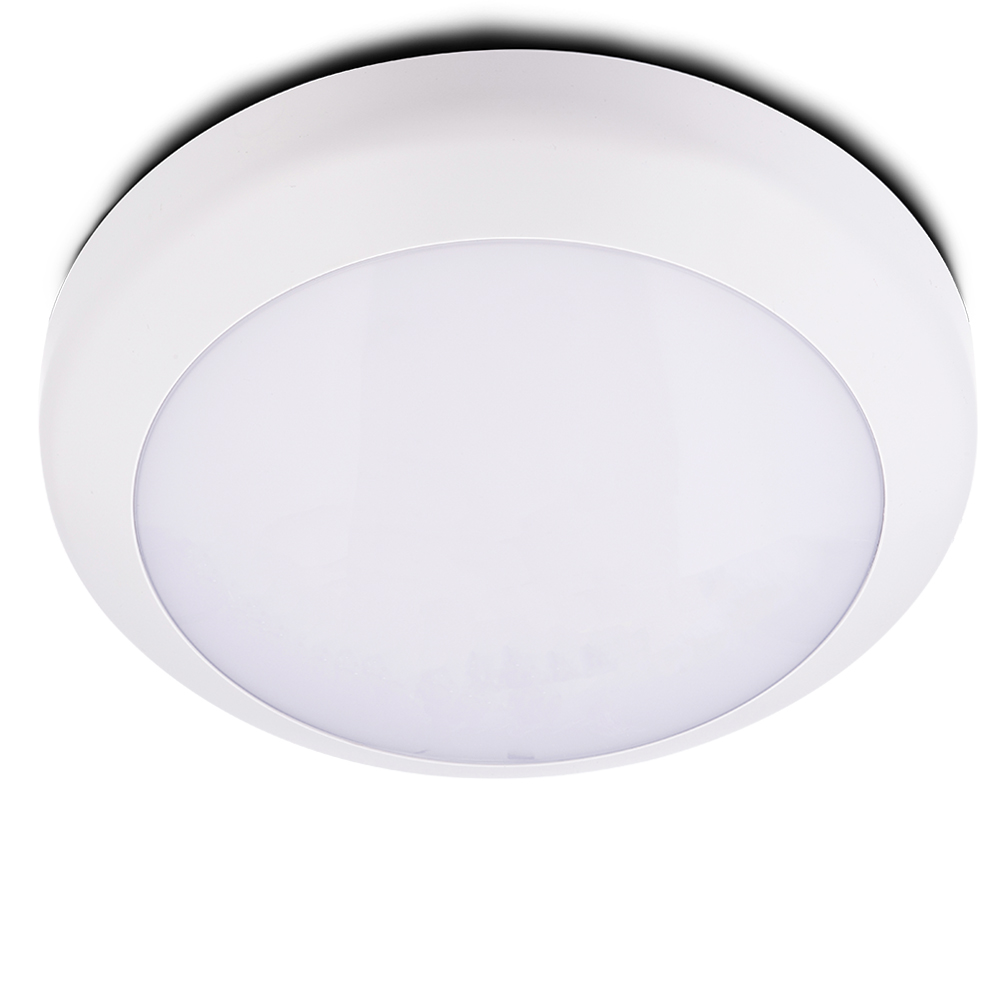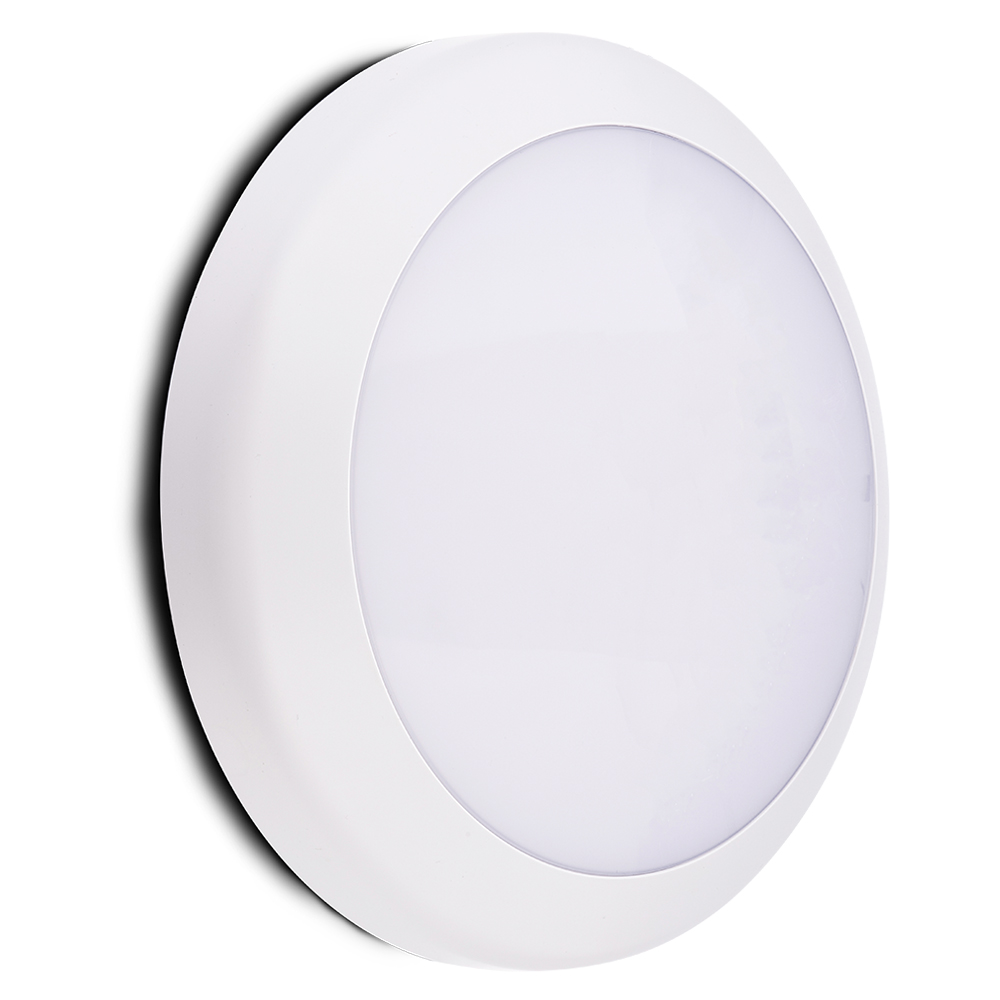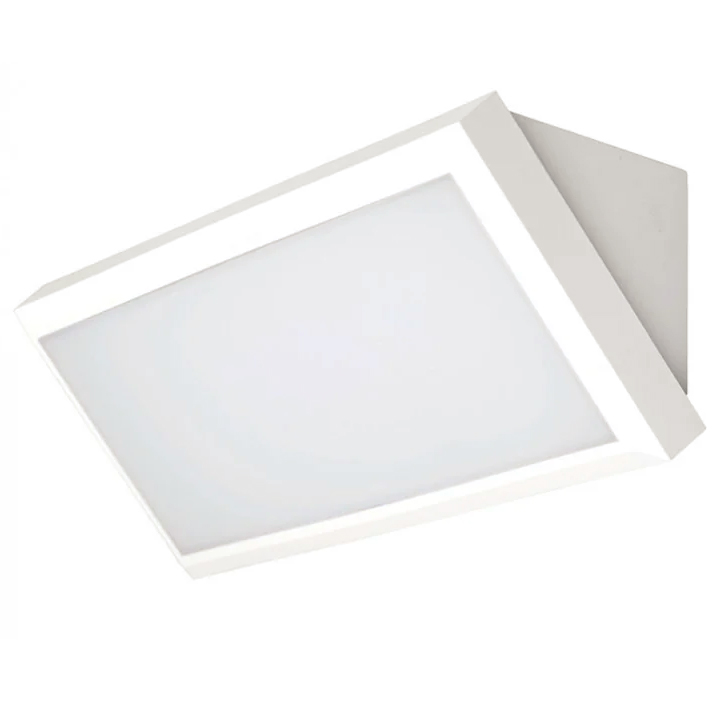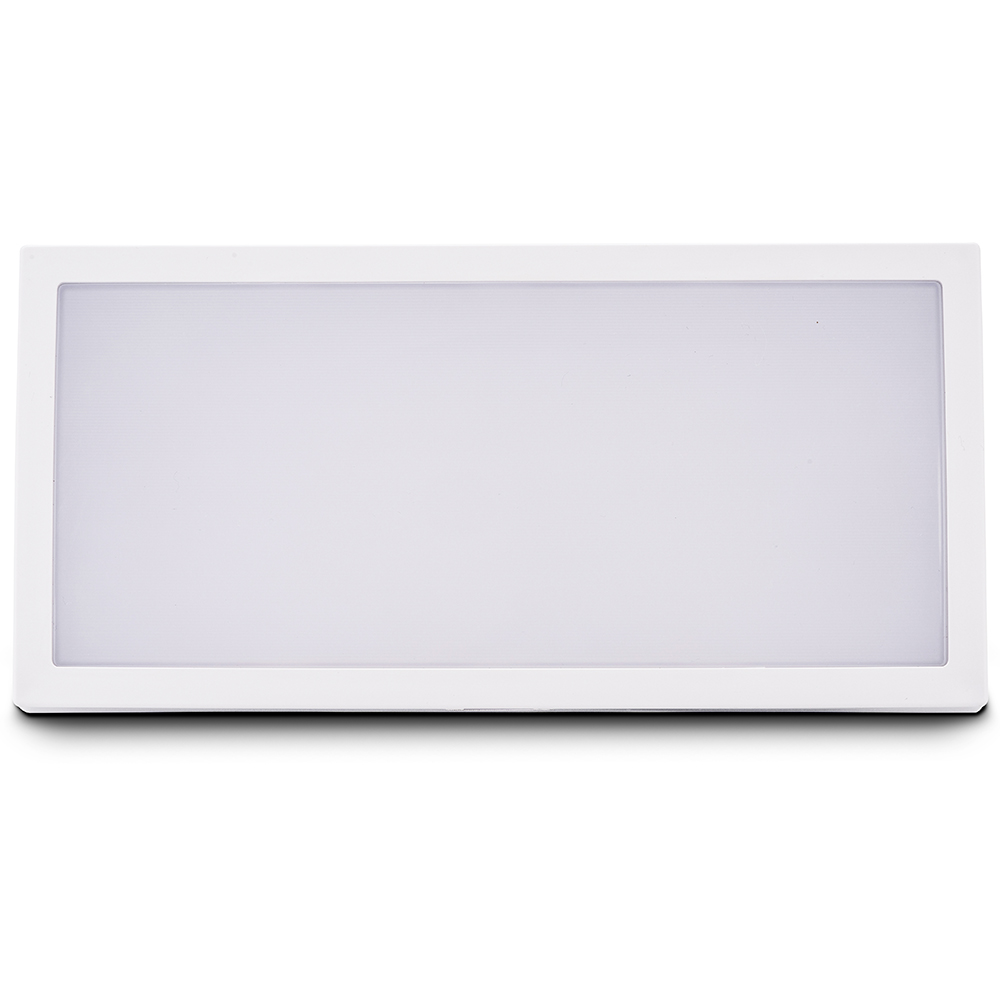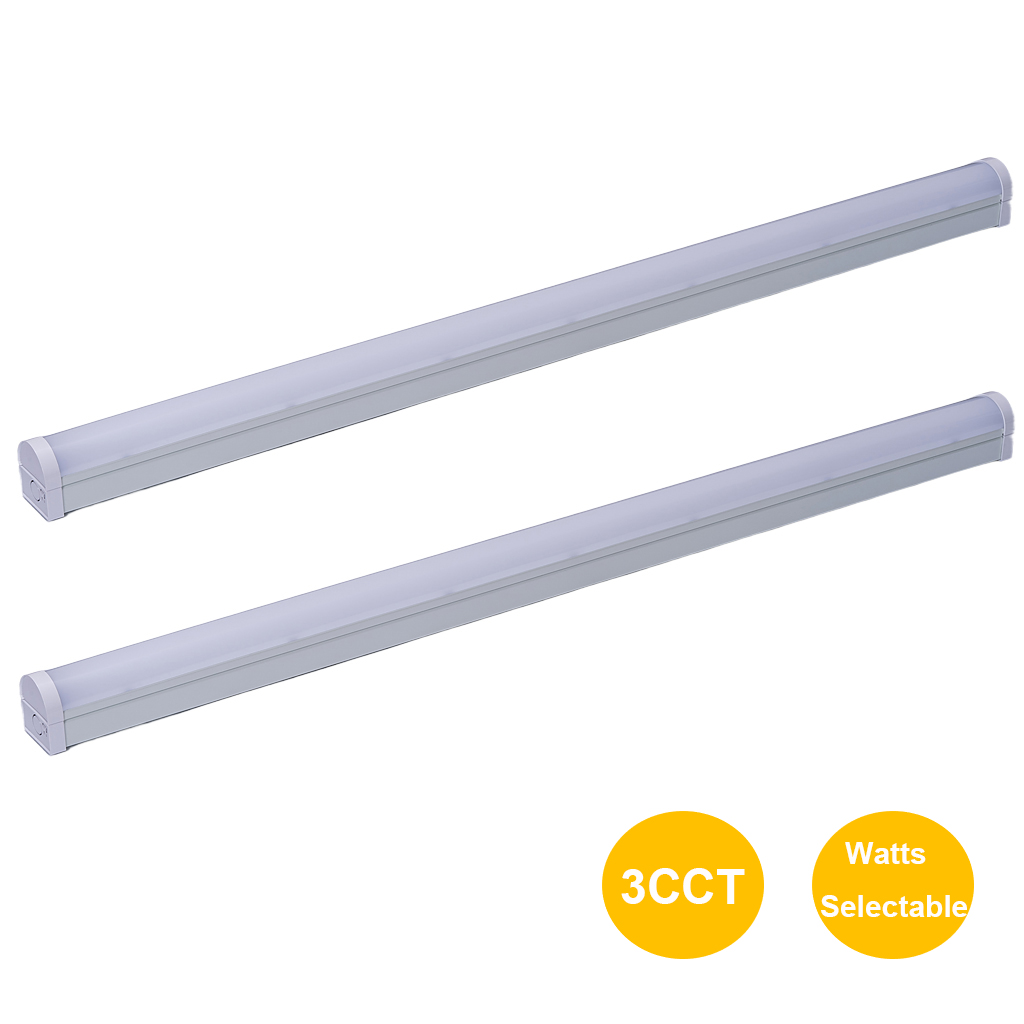First, an LED structure emitting principle 50 years ago, people have been understanding of the semiconductor material can produce light of the basic knowledge, the first commercial diode produced in 1960. LED is the abbreviation of the English light emitting diode (light emitting diode), its basic structure is an electroluminescent semiconductor materials, placed on a wire rack, then sealed with epoxy resin around, protect the internal core lines role, so the LED’s seismic performance. The LED structure is as follows shown a core part of the light emitting diode is composed by a p-type semiconductor and n-type semiconductor wafer, and a transition layer between the p-type semiconductor and n-type semiconductor, called the pn junction. In some semiconductor materials, PN junction, the injection of minority carrier and majority carrier recombination, when will the excess energy released in the form of light, which converts electrical energy directly into light. PN junction reverse voltage, minority carrier injection is difficult, it is not light. This luminescence principle of making the use of injection electroluminescent diodes called light-emitting diodes, known as LED. When it is in working condition (ie, ends with a positive voltage), current from the LED anode to the cathode, the semiconductor crystals on the issue from the ultraviolet to the infrared light of different colors, light intensity and current.

Second, LED light source features
1 Voltage: LED low-voltage power supply voltage between 6-24V, varies according to product, so it is a more secure power supply to the high voltage power supply, in particular, apply to public places.
2. Performance: energy consumption is reduced by 80% compared with the same light efficiency of incandescent
Applicability: small, a small piece of each unit LED is 3-5mm square, so the device can be prepared into a variety of shapes, and suitable for the environment variable
Stability: 100,000 hours, the light fades for 50% of the initial
5 Response time: the incandescent millisecond response time, LED lights nanosecond response time
Environmental pollution: no harmful metal mercury
7 Color: change the current can change color easily light-emitting diodes by chemical modification method, adjust the material’s band structure and band gap, to achieve color light orange red Huanglv Lan. Small current when the red LED, as the current increases, you can turn to orange, yellow, and finally to green 8 Price: LED prices more expensive than incandescent, the price of a few LED can The price of an incandescent equivalent and often each signal to the diodes from 300 to 500.
Third, Three types of monochromatic LED and its development history
The advent of LED light source of the earliest applications of semiconductor PN junction light-emitting principle made in the early 1960s. Material was GaAsP, fat red (λp = 650nm), at a drive current of 20 mA, the luminous flux is only a few thousandths of lumens, luminous efficiency of about 0.1 lumens / watt. The mid-1970s, the introduction of elements of In and N, the LED produces green (λp = 555nm), yellow (λp = 590nm) and orange (λp = 610nm), luminous efficiency is also increased to 1 lumen / watt. To the beginning of the 1980s, there has been GaAlAs LED light source makes the red LED light efficiency of 10 lumens / watt. Early 1990s, the successful development of the red the yellow light GaAlInP and greenish blue GaInN two new materials, the LED luminous efficiency has been greatly improved. In 2000, the former is made of LED in red, orange zone (λp = 615nm) light efficiency of 100 lm / W, while the latter made of LED light efficiency in the green zone (λp = 530nm) can reach 50 lm / watts.
Forth, Monochromatic LED applications
The initial LED indication light source used for instrumentation, and later in a variety of light-colored LED traffic lights and large display has been widely used to produce a good economic and social benefits. 12-inch red traffic lights, for example, in the United States could have been a long-life, low-efficiency 140-watt incandescent lamp as a light source, it produces 2000 lumens of white light. The red filter, 90% light loss, only 200 lumens of red light. In the new design of the lamp, Lumileds uses 18 red LED light source, including circuit losses, the total power consumption of 14 watts to produce the same light efficiency.
The car lights are also important areas of the LED light source applications. In 1987, China began to be installed in the car brake light, due to the LED fast response (nanosecond), early stage so that the trailing vehicle drivers know that driving conditions to reduce rear-end accidents.
In addition, LED lights in outdoor red, green, blue full-color display, mini flashlight key chain and other fields have been applied.
Fifth, the development of white LED
People need a white light source for general lighting purposes. 1998 white LED development success. This LED is made of the of GaN chips and yttrium aluminum garnet (YAG) packaged together. GaN chip emits blue light (λp = 465nm, Wd = 30nm), high temperature sintering with Ce3 + YAG phosphor excited by blue light yellow and light emission peak 550nm. Blue LED substrate is mounted in the bowl-shaped reflector cavity, covering the thin layer of resin mixed with YAG, about 200-500nm. Blu-ray emitted by the LED substrate partially absorbed by the phosphor, and some blue phosphors emit yellow light mixed, can be too white. Now, for the InGaN / YAG white LED, by changing the chemical composition of the YAG phosphor and adjusting the thickness of the phosphor layer, can be obtained a color temperature of 3500-10000K colored white. Commercialization of a product with YAG yellow phosphor for blue chip, its best luminous efficiency of about 25 lumens / watt, YAG Nichia Corporation of Japan imports, the price of 2,000 yuan / kg; the second Japanese Sumitomo Electric has developed a white LED ZnSe for material, but less luminous efficiency. Certain types of white LED light source can not be separated from the four phosphor: earth three primary colors red, green, yellow powder blue pink and garnet structure can be seen from the table to be optimistic about the future than the three-wavelength light The inorganic UV chip plus RGB three-color phosphor used to encapsulate the LED white, three-wavelength white LED machine commercialization opportunities. But here trichromatic phosphor particle size is relatively small, high stability requirements, specific applications are still being explored.
The industry overview
High brightness LED Nichia LED industry, was one of the first to use the technical process developed at different wavelengths, as well as blue-violet semiconductor laser (Laser Diode; LD), the heavyweight industry, the industry holds the blue LED patent. Nichia many basic patent for blue LED production and electrode structure, insisted external authorization only adopted their own production strategy, with intent to monopolize the market, making the blue LED prices are high. But other have have the production capacity of the industry by a considerable disapproval, part of the Japanese LED industry who think, Nichia Chemical’s strategy, will enable Japan in the blue and white LED competition gradually Europe and the United States and other countries of the LED industry who grabbed the initiative will be cause serious damage to the overall LED industry in Japan. Many operators will do everything possible to carry out R & D and production of the blue LED. Except Nichia Chemical and Sumitomo Electric Toyoda Gosei, Luo Mu, Toshiba and Sharp, American Cree, the world’s three largest lighting factory singular, Philips, Osram, and HP, Siemens, Research, by EMCORE’s all put into the product R & D and production has played a positive role in promoting the promotion of the industry, market-oriented aspects of the white LED products.


